Diversity and subsequent inclusion refers to the acknowledgement and incorporation of a large range of human differences in a given environment. Branching out from the same concept is workplace diversity, which refers to creating an employee workforce that consists of people from varied backgrounds, ethnicities and experiences. This quote brings out perfectly how diversity and inclusion are different from each other, although they go hand in hand -
“Diversity is being invited to the party; inclusion is being asked to dance.”
– Verna Myers, diversity and inclusion expert
Why is diversity important?
At present, the importance of diversity hasn’t been realised adequately in workplace practices, as attested by a recent report by Accenture.
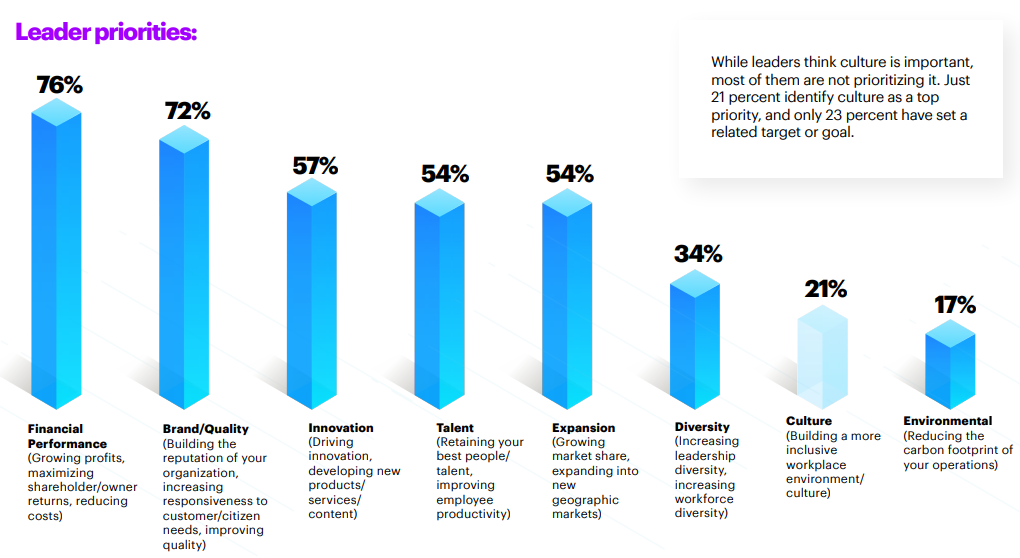
This reality is disturbing, as this means that the world’s population is not walking at the same pace, or even a somewhat similar pace in terms of growth and development - and vast information and accessibility gaps still exist.
For example, Accenture highlights in the same report that women constitute only 2.8% of the top leadership of the Fortune 500 companies. These statistics are alarming, as inclusive leadership is essential for the growth of organisations in various dimensions - as highlighted by this report by Deloitte. They also map out how inclusive leadership transcends to the lower layers of the organisation.
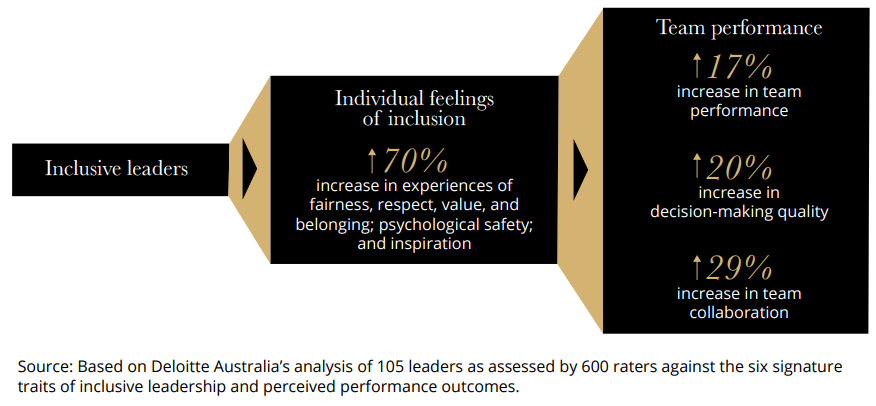
Hence, apart from the plethora of social reasons for including diverse cultures in a workplace, there actually are a number of technical and commercial reasons that might drive a leader towards being mindful of this change.
Tackling false narratives
Our surroundings affect us more than we think they do. Seeing the top tier of successful people doubling as role models to be of the same category, it subconsciously conditions one's mind into thinking that it is only these people that are capable of achieving something exemplary. Representation should be practised in front of the camera as well, as it makes a person believe that something is achievable, or more importantly, possible. Although contributors of a lot of huge projects shaping the direction of mankind have been diverse and coloured, the general narrative of privileged people belonging to first world countries solving global problems has taken off. To tackle this, change needs to happen at the very grassroot.
Driving innovation
It is more than common to hear interviewers asking job seekers about their experiences aside from the ones suited to the job description. This is because even in a usual role, creativity is expected out of the various experiences a person has had. One great way of making sure that the workplace is a place full of varying ideas and perspectives is to include people from different walks of life in the workforce.
Once this is done, the next thing the employer needs to ensure is that there is enough psychological safety within the team that everyone feels comfortable to voice their opinions. More often than not, inclusive cultures are introduced without a sustainability or growth aspect in mind. This leads to a communication gap leading to a mismatch between the thinking of the leaders and the employees.
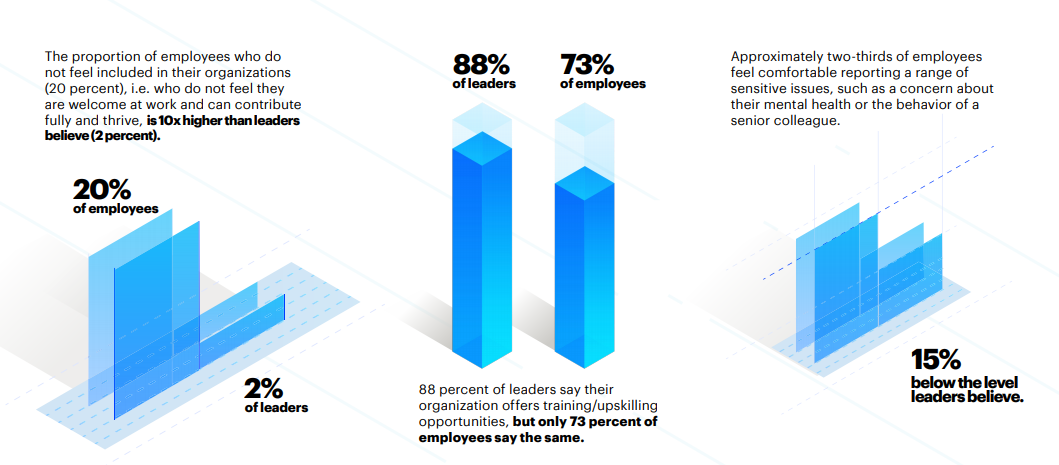
Such discrepancies point towards the fact that policies are of no good use if the efforts outlined by them are not penetrating down to the actual targets.
Better performance
With cognitively differing perspectives, tactful problem solving and out of the box thinking is enabled within the team to tackle any shortcomings. Harvard Business Review has stated in the past that diverse teams solve problems faster than cognitively similar teams. The cascading effect of this is that if the correct solution is nailed on the very first go, both time and money that would have been otherwise spent in more iterations is ultimately saved. Read about the impact of a diverse team on digital innovation and the significance of cognitive accessibility to know more.
Better financial gains
As the overall performance is increased, it comes as no surprise that diverse teams lead to better financial performance of the company. A McKinsey study on diverse workforces showed that companies that adhered to racial and ethnical diversity were 35% more likely to have financial gains above the general industry median.
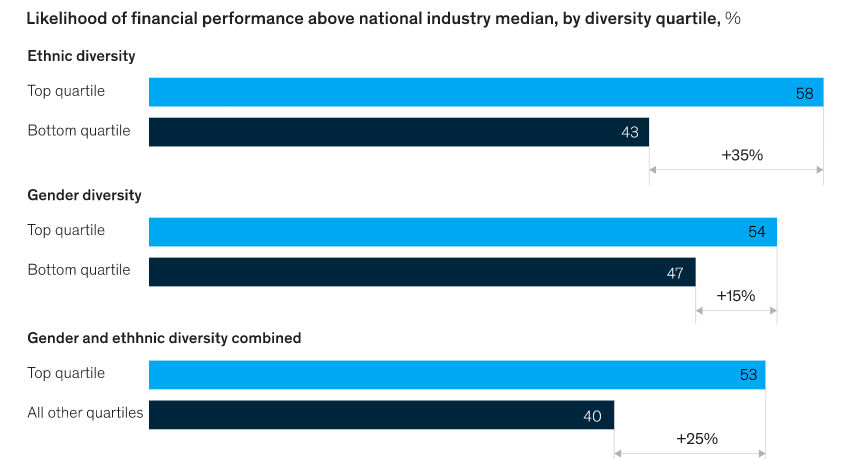
Avoiding coding Bias
When inputs are invited from diverse sources, the end result is holistically efficient. It has been often noted that although our society as a whole is growing increasingly reliant on Artificial Intelligence and Machine Learning, the coding is designed to interpret and interact with people from a few limited backgrounds only. Face recognition softwares are mostly designed keeping the average white male persona in mind.
Computer scientist Joy Buolamwini found in her research a few years ago that AI failed to recognise faces of popular black women like Oprah Winfrey or Michelle Obama. She also realised that her face was recognised once she wore a white mask. Such an algorithmic bias could have been avoided had the development teams been more diverse and held accountable for proper representation of ethnicities.
In the wake of popular movements and awareness aiming towards greater inclusion, this is what the general inclusion efforts in organisations throughout different regions of the world look like.
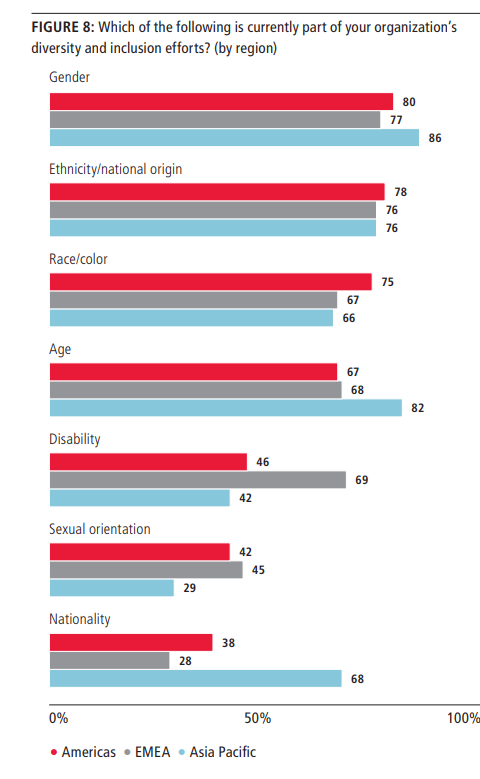
While we see gender and ethnic inequalities on a decline across the globe due to recurring wake up calls every now and then, areas like web accessibility, nationality, LGBTQ+ representation still have a long way up to go on the equity ladder.
It is the right thing to do
In addition to areas of performance, cost efficiency and commercial profits, diversity is also associated with the values of justice, equality and inclusion. Hence, aside from the business aspect, it is fundamentally the right thing to do.
Some industries do still see a steering dominance of one gender - for example, education in STEM (Science, Technology, Engineering and Mathematics) subjects mostly involve males and an occupation in the nursing industry mostly consists of females. While there is nothing inherently wrong with an individual choosing to be a part of a particular kind of workforce, the jobs in the industry should be open for everybody, not being subconsciously biased towards a small subset of people.
Being the driver of change
Now that the need for change has been established, let's get to know how this can come about in real time.
Increasing outreach
Businesses don't realise that they might be chasing the same talent by asserting their presence in the same platforms. To grab the attention of a diverse audience, different approaches need to be undertaken in order to infiltrate the far reaches of the crowd.
Change can be brought about at any level, even an employee can voice out the obvious discrepancies. You never know what a great impact a small action can have.
Hiring policies
Transparency regarding hiring policies is also encouraged for a more wholesome work culture. Companies should consciously have an inclusive approach while hiring candidates. One could rollout scholarships for better inclusion, and for a smaller budget, even internships would do the job. A company hiring junior candidates from diverse backgrounds and then taking out the time to train them, hence helping them to level up would be a great competitive advantage in the hiring market as well.
As time passes, we see more and more players realise these responsibilities that they owe. According to a recent report by Forbes, 65% respondent organisations said that they had official programs in place to recruit an inclusive workforce.

Public image
Even in practice, tiny details could impact your brand image significantly. For example, if a company's website has images of people, then the images used should be of people belonging to different genders and ethnicities. If one deals with blogging, issues that affect underrepresented groups should be brought up. Subtle inclusions like this along with a visible effort in increasing outreach towards isolated crowds and a socially responsible hiring policy would thus result in an overall positive public image of the corporation.
Tackling the pay gap
One of the most well documented issues of bias in workspaces is the pay gap. A pay gap occurs when two equally efficient individuals working at the same designation are paid different monetary compensations due to their backgrounds or identity. According to Brotopia : Breaking up the Boys' Club of Silicon Valley, women in STEM careers on an average made $16,000 less than their male counterparts yearly. Similarly, an ethnically black or a Latino person is said to face a pay gap of around $14,000 as compared to their white coworkers.
With various studies conducted on the topic and more than enough data available to reach the solution, one of the simplest things for a company to do is to not create an unnecessary bias in the favour of one ethnicity, race or gender.
Organisational flexibility and responsiveness
Well no organisation is perfect and everyone is allowed to make mistakes, what matters is the overall attitude of a company to hold themselves accountable for their incorrect actions of the past. Transparency in one's efforts towards greater inclusivity is a great step towards moving forward
.
For a company wanting to be more diverse in their policies and atmosphere, they first need to audit the present state of these issues, formulate appropriate solutions and then make necessary amends.
Notable examples
Changes are usually accelerated in the time of a crisis - and as for 2020, we have seen way too many mishaps. The past year will be noted as an active historical hotspot for protests revolving around justice and fairness. The Black Lives Matter Movement along with Me Too only substantiated the already growing awareness about inclusivity and human rights, highlighting huge disparities in pay, opportunity and resultant success faced by underrepresented groups.
- Big players like Microsoft have extended support to these movements, their official statement mentioning that they have in mind an action plan to combat racial injustices in workplaces. Microsoft also stated that one of their primary goals for the future is to increase representation and diversity in the organisation and create an accepting, open minded, inclusive culture. In a later update, Microsoft observed Human Rights Day by updating the company's Global Human Rights Statement to include impacts of the pandemic on human rights and related effects in different verticals.
- The BLM movement also received a response from Google, with Google pledging to improve black representation at senior levels in the organisation, while also reinforcing their commitment to funding initiatives that provide scholarships to minority communities.
- A similar practice was adopted by Facebook as well. In the start of 2021, Facebook committed to do business worth $ 1 billion with companies certified as 'Minority, women, veteran, LGBTQ or differently abled'.
- Even Apple has gone ahead and stated that for the past five years they have been mindful of hiring women and historically underrepresented minorities, citing that almost 53% of the new hires are from these groups.
Tech giants are leading by example in the sphere of increasing diversity and inclusion in the workplace. While there still remains a lot to be done, we are definitely steering towards the right direction. Knowing that inclusiveness can have positive commercial aspects only adds to the pre-existing motivation driven by social welfare.
Subscribe
Related Blogs
Trek n Tech Annual Retreat 2025: A 7-Day Workcation of OSL
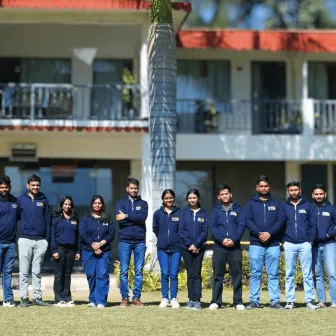
OSL family came together for the Trek n Tech Annual Retreat 2025, a 7-day workcation set amidst the serene beauty of…
Exploring Drupal's Single Directory Components: A Game-Changer for Developers

Web development thrives on efficiency and organisation, and Drupal, our favourite CMS, is here to amp that up with its…
7 Quick Steps to Create API Documentation Using Postman

If you work with API , you are likely already familiar with Postman, the beloved REST Client trusted by countless…




